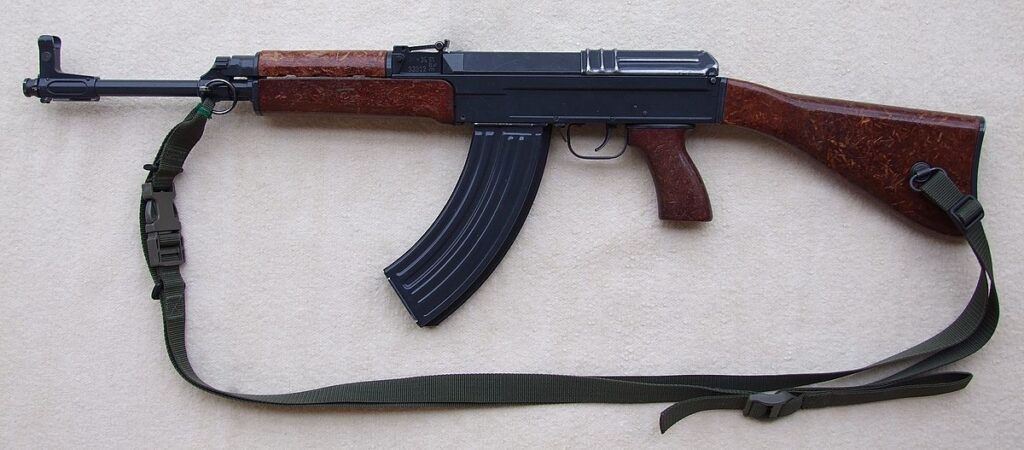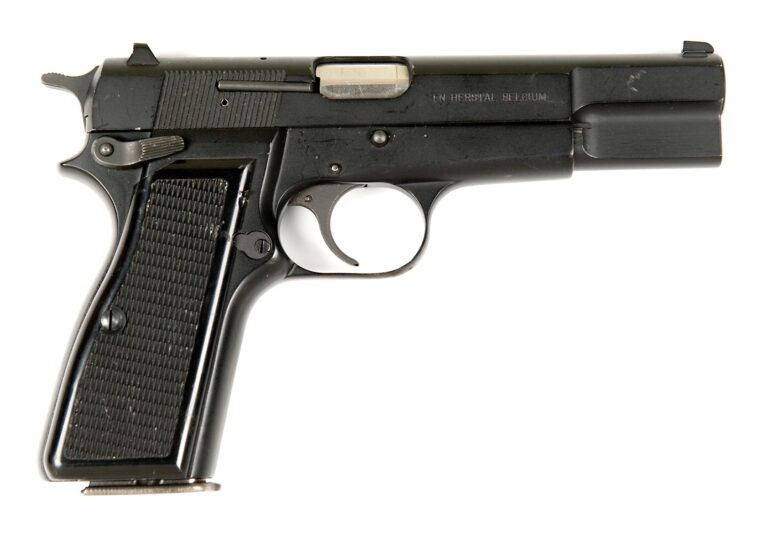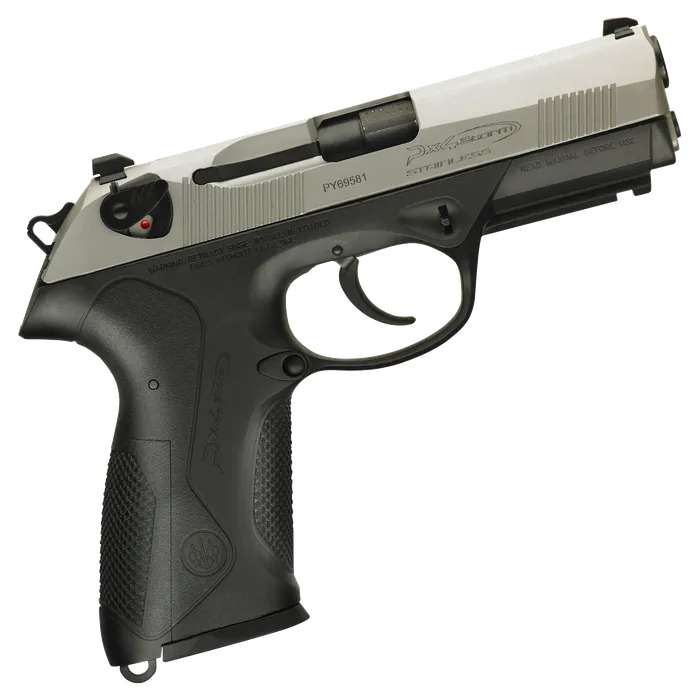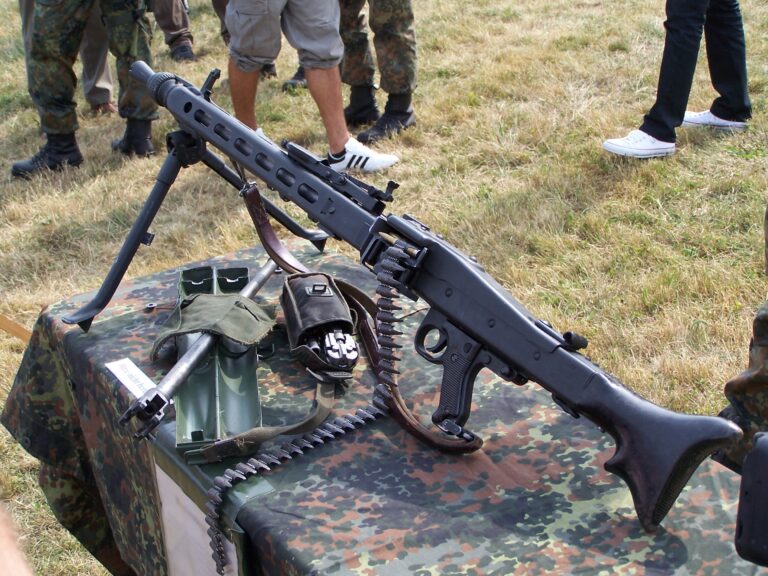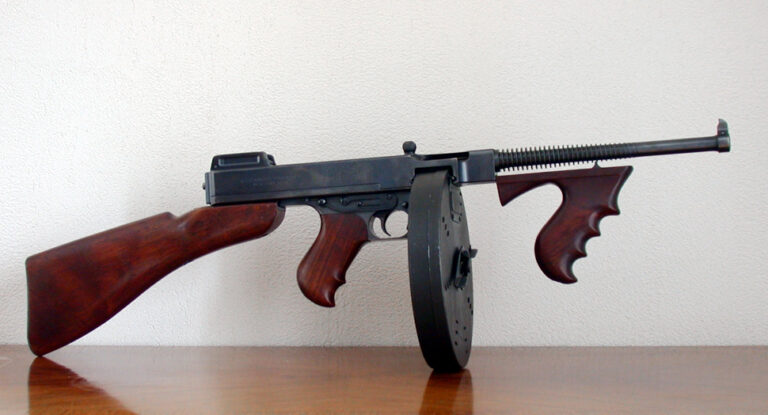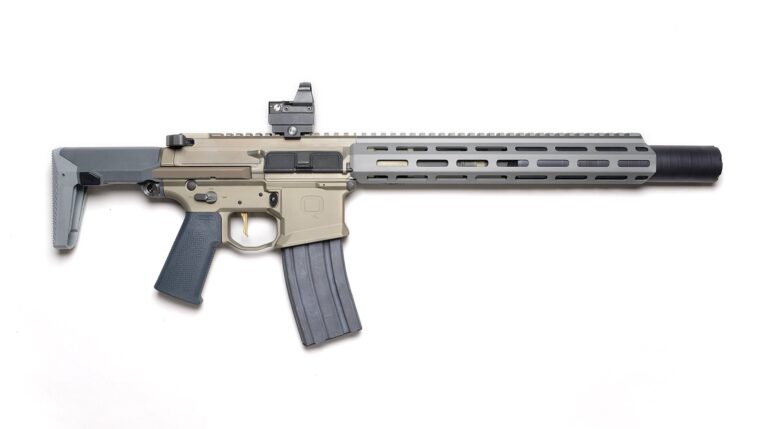Introduction
The VZ 58 is an assault rifle developed in Czechoslovakia in the 1950s. Designed to replace the repeating rifles used by the Czechoslovak army, it is distinguished by its unique mechanics, although it is often confused with theAK-47 due to its outward appearance. The VZ 58 is still used today by several armed forces, and is appreciated by civilian shooters for its reliability and accuracy.
History of the VZ 58
Development and adoption
In the late 1950s, Czechoslovakia decided to develop a national assault rifle, rather than adopt the Soviet AK-47. Engineer Jiří Čermák of Česká Zbrojovka Uherský Brod (CZUB) designs the VZ 58, which enters service in 1958 under the designation Samopal Vzor 58.
Although chambered in 7.62×39 mm, like the AK-47, the VZ 58 uses a completely different mechanism, with a gas-operated bolt and toggle lock instead of a rotary lock.
Military use and conflicts
The VZ 58 was used in several conflicts:
Cold War: Standard weapon of the Czechoslovak army.
Conflicts in former Yugoslavia: Used by several armed factions.
Modern armed forces: still in service in some Eastern European and Asian countries.
Today, although it has been replaced in the Czech forces by more modern rifles such as the CZ BREN 2, the VZ 58 is still in use in several countries and continues to be produced for the civilian market.
Technical data
| Caliber | 7.62×39 mm |
|---|---|
| Weight | 3.1 kg |
| Overall length | 845 mm (fixed stock) / 640 mm (folded stock) |
| Barrel length | 390 mm |
| Magazine capacity | 30 shots |
| Firing rate | 750 shots/min |
| Mechanism | Gas borrowing, tilting cylinder head |
| Materials | Steel, aluminum, wood or polymer |
Ergonomics and design
The VZ 58 is designed to be light and maneuverable, with several distinctive features:
Toggle bolt: unlike the AK-47’s rotary bolt, this design allows for a smoother feed cycle.
One-piece aluminum loader: Lighter than conventional steel loaders.
Ergonomic handle: Designed to improve grip.
Fixed or folding stock option: Depending on the needs of the combat units.
Possibility of installing modern accessories: Picatinny rails and tactical grips on civilian versions.
VZ 58 versions
VZ 58 P (Pěchotní – Infantry)
Standard version with fixed wooden stock.
Mainly used by regular Czechoslovak infantry.
VZ 58 V (Výsadkový – Parachutists)
Foldable metal stock for easy transport.
Used by airborne troops and special forces.
VZ 58 Compact and Civil
Modernized versions adapted to civilian shooting with ergonomic polymer grips and stocks.
Possibility of installing holographic sights, Picatinny rails and tactical lights.
Comparison with AK-47 and other assault rifles
| Model | Caliber | Weight (kg) | Firing rate (cps/min) | Mechanism |
| VZ 58 | 7.62×39 mm | 3,1 | 750 | Tilting cylinder head |
| AK-47 | 7.62×39 mm | 3,8 | 600 | Rotating lock |
| FN FAL | 7.62×51 mm | 4,3 | 650 | Rotating lock |
| M16A1 | 5.56×45 mm | 3,9 | 700-900 | Direct gas supply |
Major differences between the VZ 58 and the AK-47
Reduced weight: The VZ 58 is lighter than the AK-47 thanks to its aluminum construction.
Tilting cylinder head: Allows smoother operation than a rotary lock.
Last shot open: Unlike the AK-47, the VZ 58 stops the breech open after the last shot, facilitating rapid reloading.
Improved ergonomics: more comfortable handle and better weight distribution.
Contemporary use
The VZ 58 remains popular with civilian and law enforcement shooters:
Security forces: Still used in some European and Asian countries.
Sport shooters: Appreciated for its accuracy and reliability.
Collectors: Because of its unique history and rarity compared to classic AK-47s.
Modern modifications: Integration of Picatinny rails, red dot sights and tactical crosshairs.
Conclusion
The VZ 58 is a unique, high-performance weapon, offering an original alternative to theAK-47, while remaining compatible with the 7.62×39 mm caliber. Thanks to its innovative mechanics, low weight and robustness, it remains a benchmark among Eastern European assault rifles. Its prolonged adoption and modernized versions guarantee its importance in the history of military and civilian weapons.

